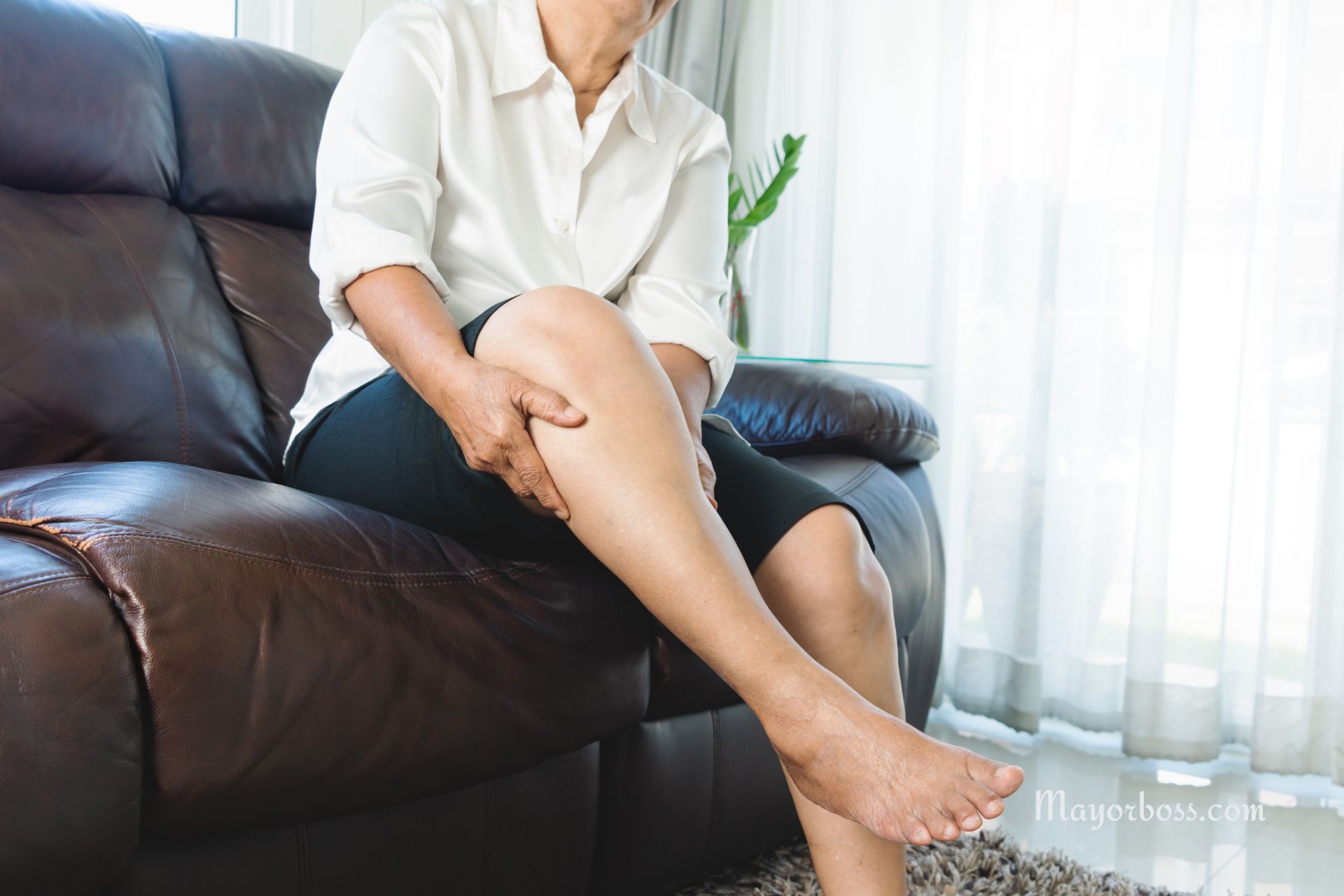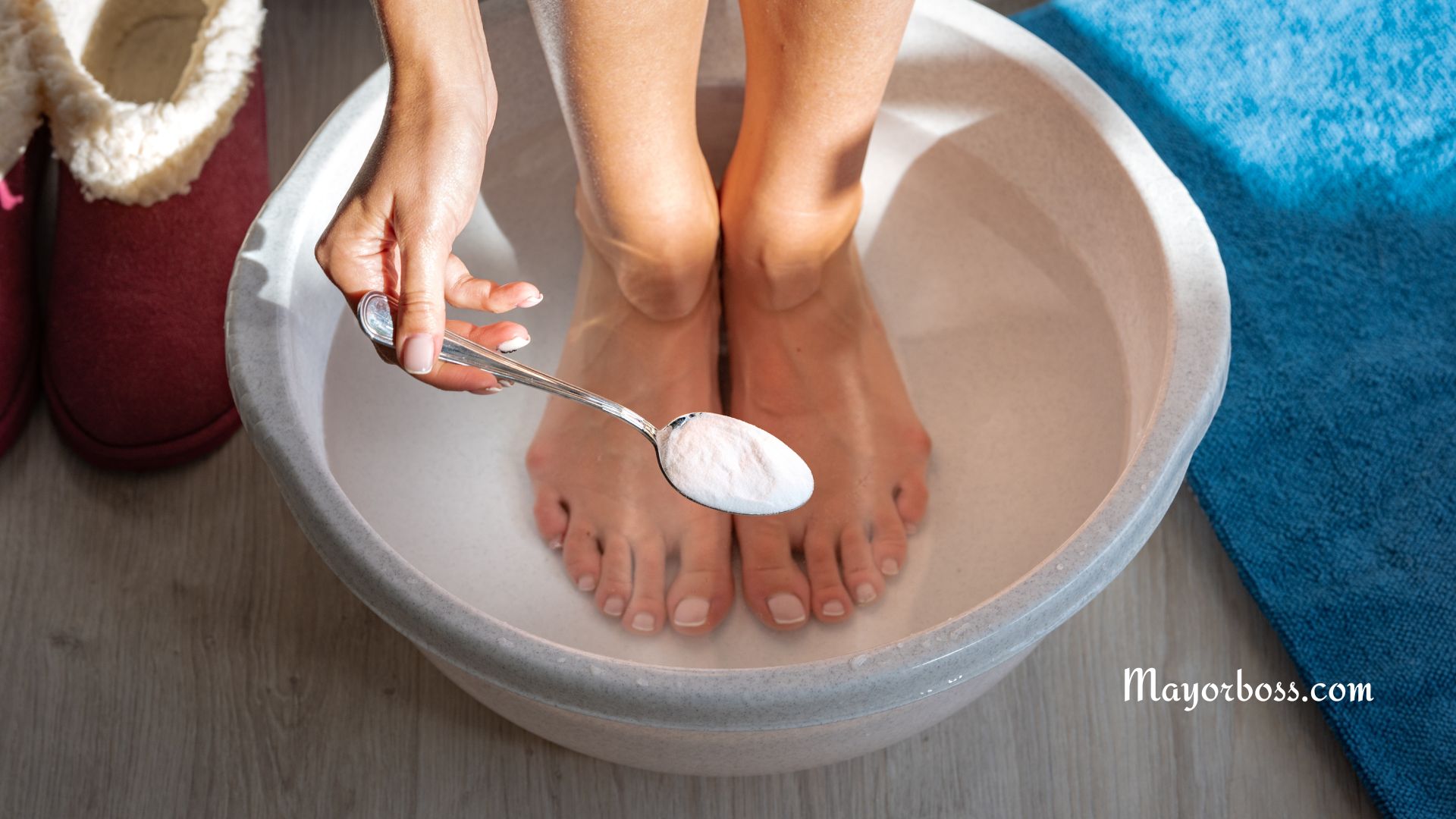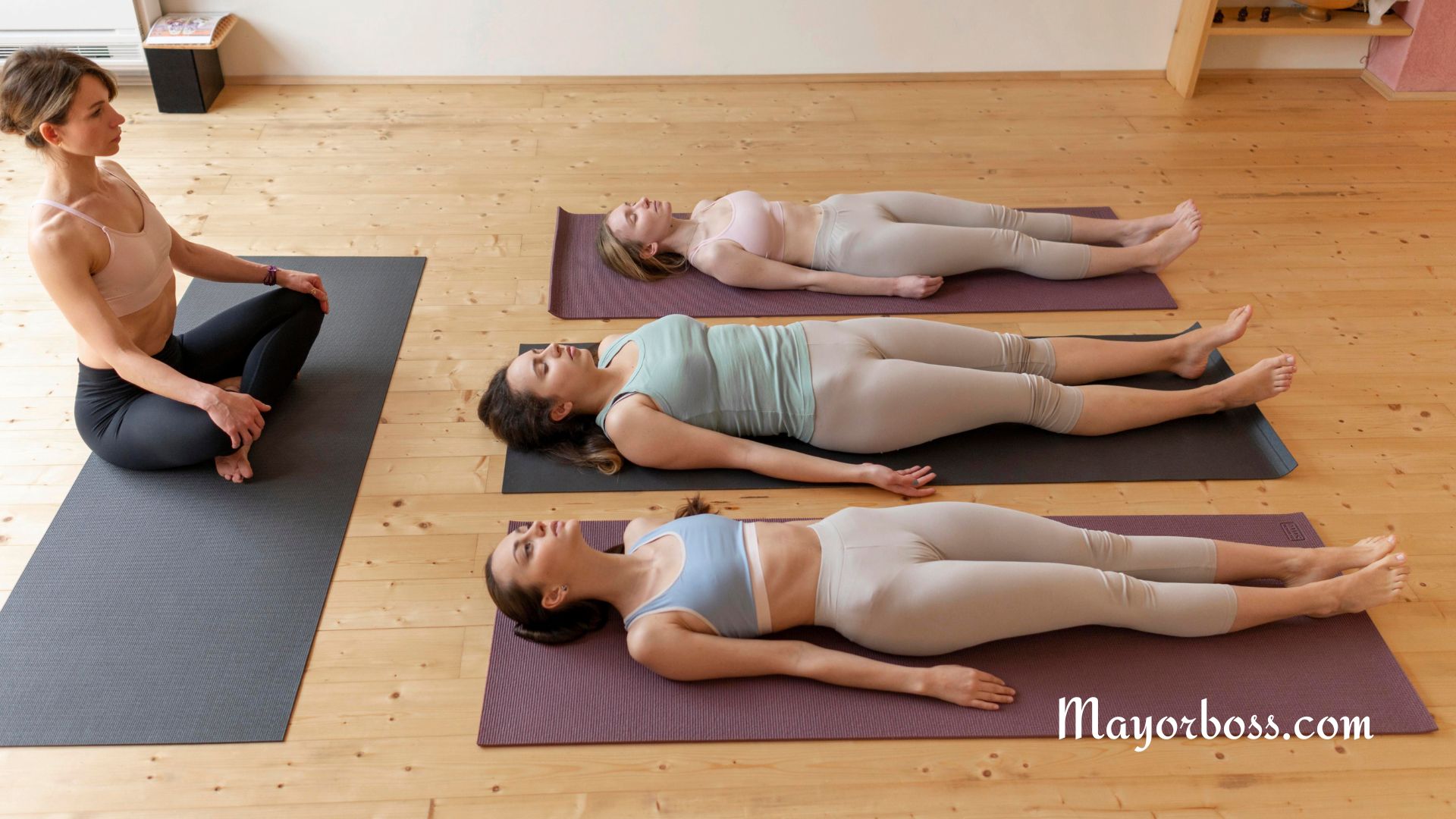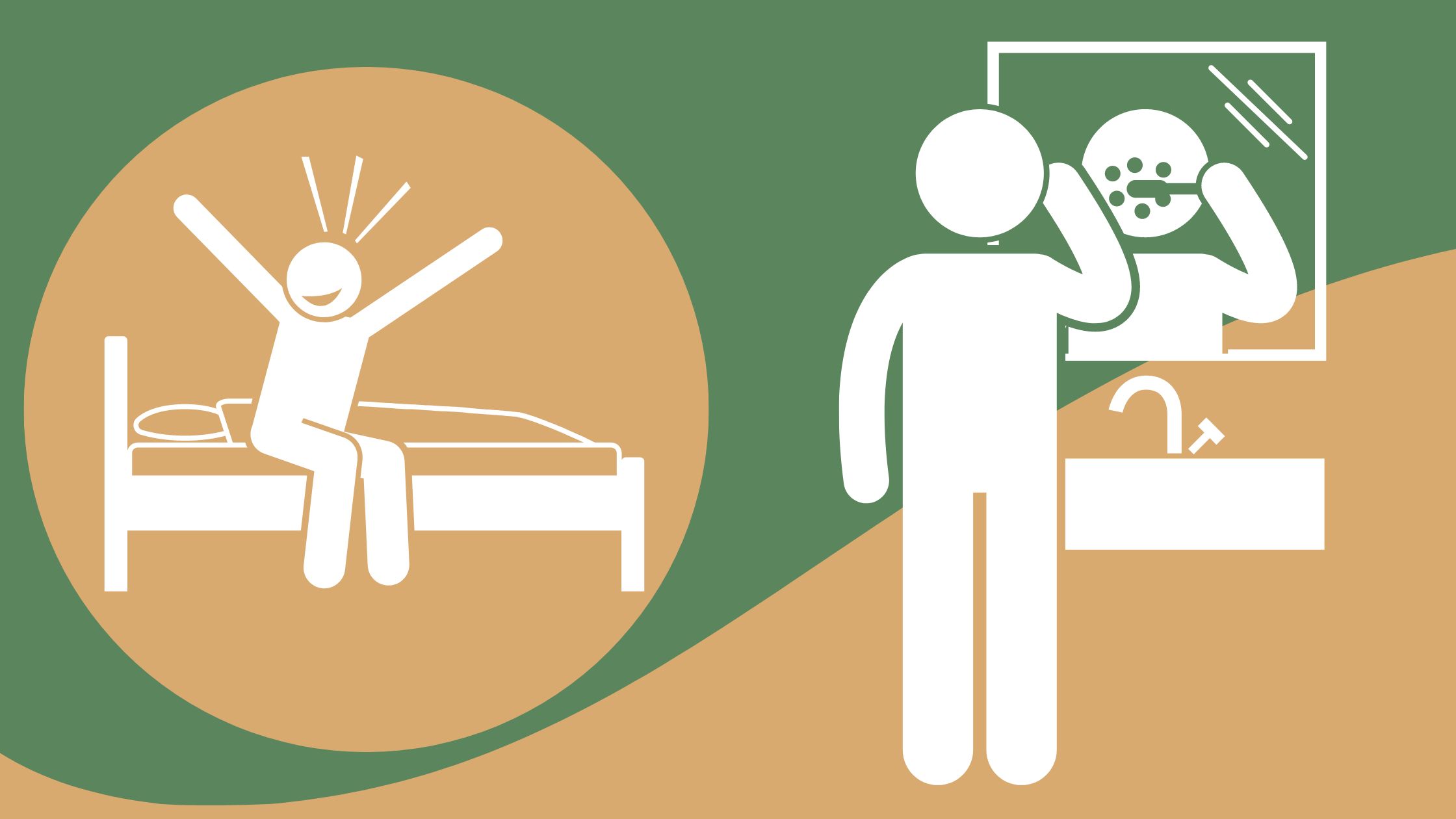Sitting Too Long Can Cause Blood Clots: Here Are 5 Signs to Watch Out For
It’s easy to spend hours sitting, whether you’re working at a desk, binge-watching TV, or traveling on a long flight. But did you know that sitting for extended periods can lead to a dangerous condition called Deep Vein Thrombosis (DVT)? Essentially, DVT occurs when a blood clot forms in the deep veins, usually in your legs. And trust me, this isn’t something to take lightly. If a clot breaks loose, it can travel to your lungs and cause a life-threatening situation known as a pulmonary embolism.
You need to know how to recognize the warning signs. In this article, we’ll explore five telltale symptoms that could mean you have a blood clot caused by prolonged sitting.

1. If You Notice Unexplained Swelling, It Could Indicate a Blood Clot
One of the first signs that a blood clot might be forming in your leg is sudden, unexplained swelling. This usually happens in one leg and can range from mild puffiness to severe swelling. It happens because the clot blocks blood flow, causing blood to pool in the affected area. This swelling often occurs in the calf or thigh, and you may notice that your leg feels heavier than usual.
But here’s the kicker: it’s not just your leg that can swell. Sometimes, if the clot moves to your lungs, you might notice swelling in your arms, neck, or even face. So, if you notice any unusual swelling, don’t brush it off. Make sure to reach out to your doctor for an evaluation.
2. Persistent Leg Pain or Tenderness Might Be a Serious Red Flag
If you’re experiencing leg pain or tenderness that doesn’t seem to have a clear cause, this might be another red flag for a blood clot. The pain often feels like a cramp or soreness in your calf or thigh. This pain can intensify when you walk or flex your foot upward. Sometimes, people confuse this pain with muscle soreness or a pulled muscle, but it’s essential to know the difference.
Unlike regular muscle soreness, DVT pain typically starts suddenly, even when you haven’t been physically active. If you experience this kind of discomfort, it’s important to see a healthcare provider to rule out a blood clot.
3. When You Notice Red or Discolored Skin, Don’t Ignore It
Another sign that you might be dealing with a blood clot is changes in your skin color. The skin over the affected area may turn red or take on a bluish tint. Often, the discoloration appears warm to the touch, and you might notice that your leg feels different than the other one. This redness can be mistaken for a rash or skin irritation, but in reality, it’s a sign that blood isn’t flowing properly through your veins.
In some cases, your skin might even look a bit shiny or tight. Pay attention to these skin changes, especially if they happen alongside other symptoms like swelling or pain.
4. If You Feel Warmth in One Leg, This Could Mean Trouble
When a blood clot forms, the area around it often feels warmer than the surrounding skin. This is because blood flow is restricted, causing the skin to heat up. Generally, this warmth is most noticeable in the calf or thigh and is often accompanied by swelling and redness. Healthline explains that this warmth is a classic symptom of DVT.
If you ever notice that one leg feels warmer than the other, particularly after sitting for a long time, don’t just assume it’s nothing. This warmth could be an early warning sign that you have a blood clot forming.
5. Shortness of Breath Could Mean the Clot Has Moved to Your Lungs
Perhaps the most alarming sign of a blood clot is sudden shortness of breath. This can happen if the blood clot travels from your leg to your lungs, causing a pulmonary embolism. Along with shortness of breath, you might feel a sharp, stabbing pain in your chest, experience a rapid heartbeat, or even cough up blood.
Doctors warn that this is a medical emergency, so if you ever experience shortness of breath along with any of the other symptoms mentioned, call 911 or go to the nearest emergency room immediately. Don’t wait, as this condition can become life-threatening very quickly.
Why Sitting Too Long Can Cause Blood Clots
You might wonder why sitting for too long puts you at risk of developing blood clots. Well, when you’re seated for extended periods, blood flow in your legs slows down. This makes it easier for clots to form, especially if you’re not moving around. According to the Centers for Disease Control and Prevention, sitting for long durations — whether it’s at work, during travel, or even on the couch — increases the likelihood of DVT.
Other factors can also raise your risk, such as smoking, being overweight, pregnancy, or using birth control pills. Therefore, it’s crucial to be proactive about preventing blood clots, especially if you spend a lot of time sitting.
How You Can Reduce Your Risk of Blood Clots
Now that you know the warning signs, it’s equally important to take steps to prevent blood clots from forming in the first place. Here are some tips:
- Take Regular Breaks: If you’re sitting for long periods, stand up and walk around every 30 to 60 minutes.
- Stretch Your Legs: Flex your calves, rotate your ankles, and stretch your legs while seated.
- Stay Hydrated: Drinking plenty of water helps maintain healthy blood flow.
- Wear Compression Stockings: These can help improve blood circulation in your legs, especially if you’re at higher risk.
- Exercise Regularly: Physical activity keeps your blood flowing and reduces the chances of clot formation.
When to See a Doctor About Blood Clot Symptoms
If you suspect you might have a blood clot, don’t wait to seek medical attention. Make an appointment with your doctor if you experience any of the symptoms mentioned. And if you notice severe symptoms like chest pain, difficulty breathing, or coughing up blood, go to the emergency room immediately. Early detection and treatment are crucial in preventing complications.
The Takeaway
Sitting for long periods might seem harmless, but it can lead to dangerous blood clots if you’re not careful. Swelling, leg pain, discoloration, warmth, and shortness of breath are all signs you shouldn’t ignore. By staying active, taking breaks, and spotting the warning signs, you can reduce your likelihood of developing blood clots and protect your health. Remember, your body thrives when it’s in motion—so keep moving!






